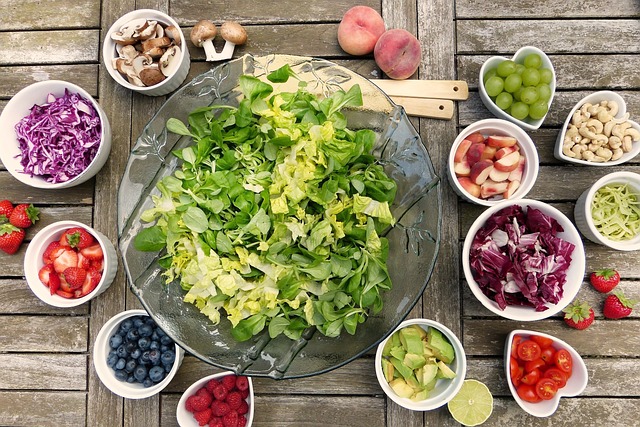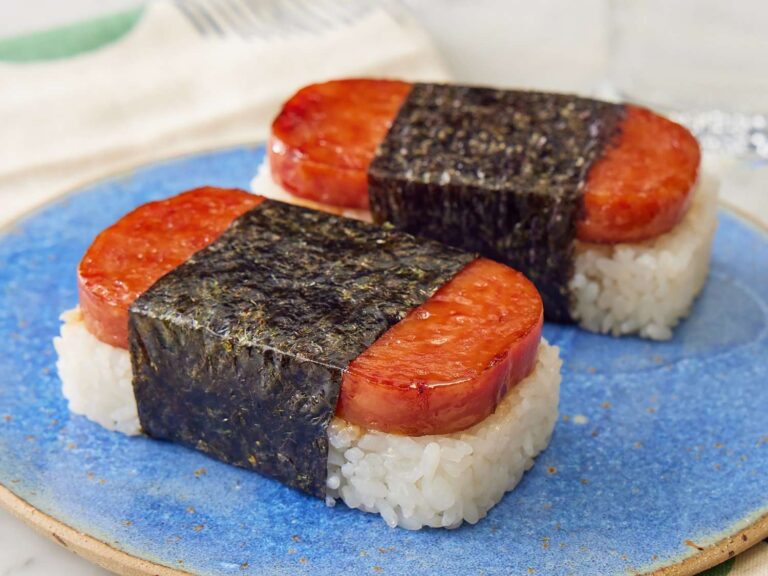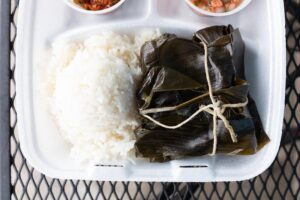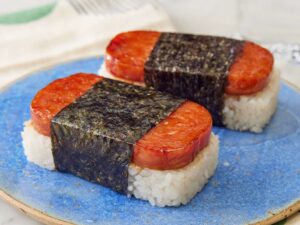Poke (pronounced poh-keh) has come a long way from its humble beginnings in Hawaii. Once a simple dish of cubed fish seasoned with sea salt and limu (seaweed), poke has transformed into a global food trend. Let’s trace its journey from island staple to international sensation.
The Roots of Poke
Poke, meaning “to slice or cut” in Hawaiian, has been a part of Native Hawaiian cuisine for centuries. Originally, it was a simple preparation of raw fish, typically reef fish, cut into cubes and seasoned with sea salt, limu, and crushed kukui nuts (candlenuts).
This dish was born out of necessity and practicality. Hawaiian fishermen would cut off parts of their catch to eat as a snack, seasoning it with whatever was available. It was a way to make use of every part of the fish and provide quick sustenance.

The Evolution Begins
As different cultures arrived in Hawaii, poke began to evolve. The introduction of ahi (yellowfin tuna) became a game-changer, quickly becoming the fish of choice for many poke preparations.
The influence of Japanese cuisine brought soy sauce into the mix, adding a new depth of flavor. Korean influences introduced sesame oil and gochugaru (red pepper flakes), while Chinese influences contributed rice vinegar and five-spice powder.
Poke Goes Mainstream
In the 1970s, poke started appearing in Hawaii’s supermarkets, making it more accessible to the general public. By the 2000s, it had become a staple in Hawaii’s food scene, available everywhere from high-end restaurants to local grocery stores.
The mainland U.S. caught on to the poke trend in the mid-2010s. Suddenly, poke bowl restaurants were popping up across the country, offering customizable bowls with a variety of bases, proteins, and toppings.
Global Sensation and Modern Variations
As poke spread globally, it continued to evolve. While traditionalists might argue that many modern interpretations stray too far from the original, these new takes have undoubtedly contributed to poke’s worldwide popularity.
Today, you might find poke bowls featuring:
- Non-traditional bases like quinoa or zucchini noodles
- Cooked proteins for those wary of raw fish
- Vegetarian and vegan options using tofu or marinated vegetables
- Fusion flavors incorporating elements from various cuisines
The Heart of Poke
Despite its evolution and global adaptations, the heart of poke remains the same: fresh ingredients, bold flavors, and a connection to Hawaiian culture. Whether you’re enjoying a traditional ahi poke in Honolulu or a modern bowl in New York City, you’re partaking in a dish with a rich history and cultural significance.
For many Hawaiians, poke is more than just food – it’s a link to their heritage, a reminder of the islands’ connection to the sea. So the next time you enjoy a poke bowl, take a moment to appreciate its journey from a fisherman’s snack to a global culinary phenomenon.
Remember, while experimenting with new flavors can be fun, there’s something special about the simplicity of traditional poke. If you have the chance, try both the modern and traditional versions to fully appreciate the evolution of this remarkable dish.





